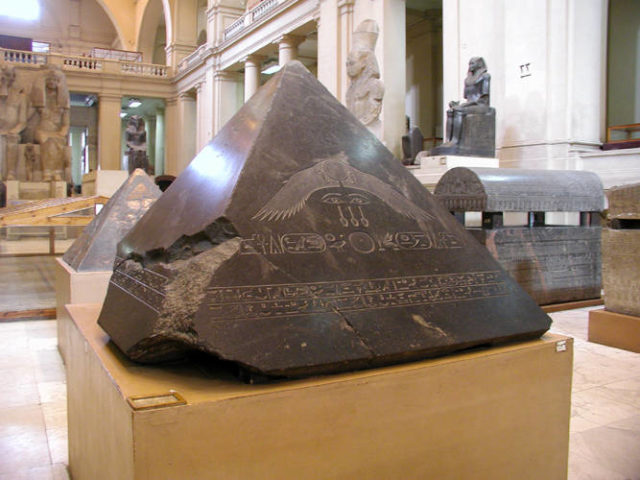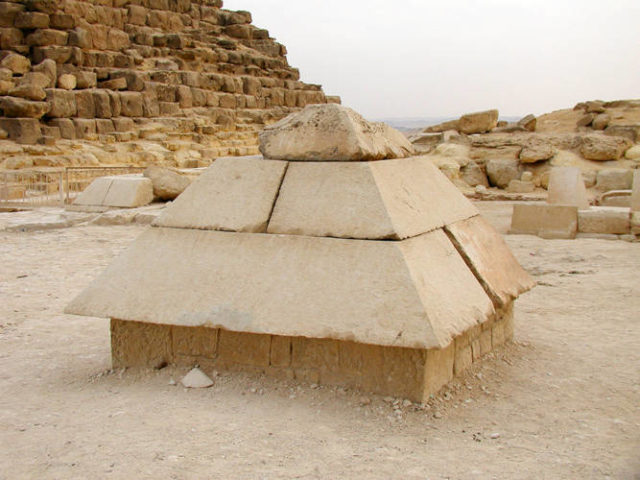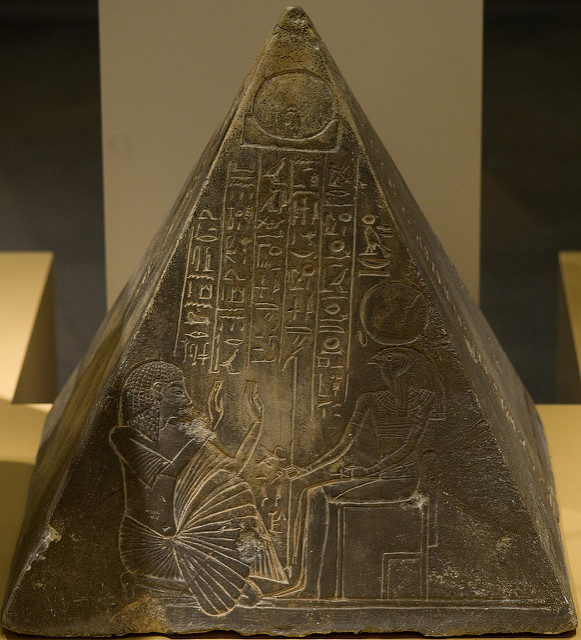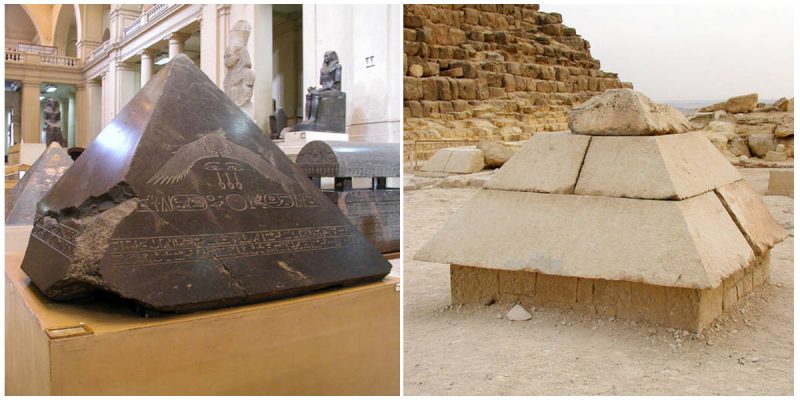The Benben stone is an object found in the mythology of ancient Egypt. It is a stone with a conical shape and, according to some theorists, may be of extraterrestrial origin. The Benben stone is also an architectural term, describing the name given to the tip of an obelisk or the capstone placed on top of a pyramid.

The Benben stone is a symbol of the Phoenix, which had the ability to revive itself and be reborn again. It also represents the cycle of the seasons. It was found in the Temple of the Phoenix, which was within the precinct of the Great Sun Temple of Heliopolis. Perhaps the stone was seen by Egyptians as the seed of the legendary bird, since ben meant “fertilization” in their language.
According to legend, Benben was the mound that arose from the primordial waters of Nu, in which the creator god Atum ( known as Atum-Ra and then Ra, the Supreme Solar God) shaped the world. This is the creation myth of the Heliopolitan form of ancient Egyptian religion.

In the Egyptian Book of the Dead, there is a reference to the Benben stone, which says:
‘O Atum-Khoprer, you became high on the height, you rose up as the benben-stone in the Mansion of the Phoenix at On’.
The sun temple at Heliopolis was called ‘On’ by the Egyptians.

The shape of the pyramids was modeled on the Benben. The stone is also known as a pyramidion (other examples of pyramidions have survived, and may be found in museums.) Others have referred to it as the Stone of Destiny. The mythical powers of the stone were of interest to powerful men and efforts were made to locate it. The stone was believed to have the ability to enlighten the person who was in its surroundings and was capable of producing mystical power.
